Traditional Turkish Specialties
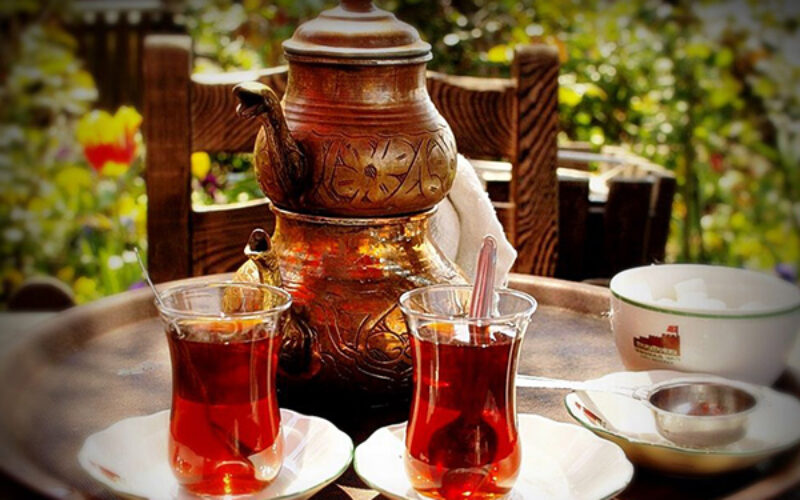
Traditional Turkish Specialties
Traditional Turkish Culture is more than thousands of years old. It is unique in the world since it interacts from culture and civilizations starting from Central Asia to Europe and North Africa. Turkish culture reflects this unique cultural richness and diversity. Being the cradle of many civilizations for at least twelve thousand years, Anatolia is shaped by its deep roots in the Middle East and the Balkans. Anatolia is a bridge between eastern and western civilizations. Turkish culture also has a history of thousands of years between east and west. For travelers is a important place for visiting. It is also one of the best food and beverage places you can encounter.
We researched traditional Turkish specialties known as Turkish and famous with the Turkish name, which the Turkish culture has accumulated for thousands of years, offers the world. You will see them in the rest of the page.
Turkish Delight
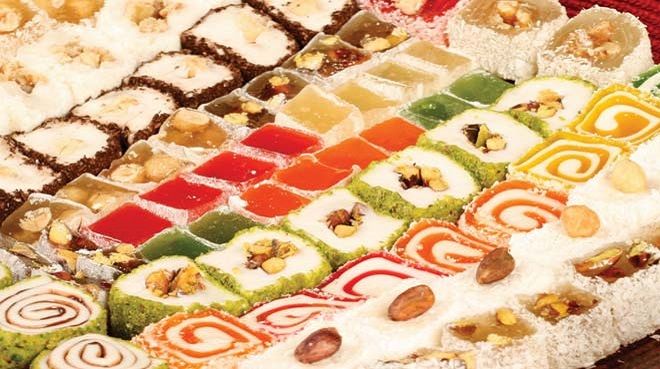
Turkish Delight
Delight history in Anatolia goes back to the 15th century. It lived its most popular times in the 17th century. Travelers took it to Europe and introduced it as ‘Turkish Delight’. Turkish delight has also gained popularity in other countries. Mass production started in 1777 during the Ottoman period. The first delights were produced by mixing with fruit extract and flour. Later, with the invention of starch and refined sugar, it has experienced taste changes until today. Turkish delight, which has many types today, has an important place in traditional Turkish specialties.
Turkish Coffee
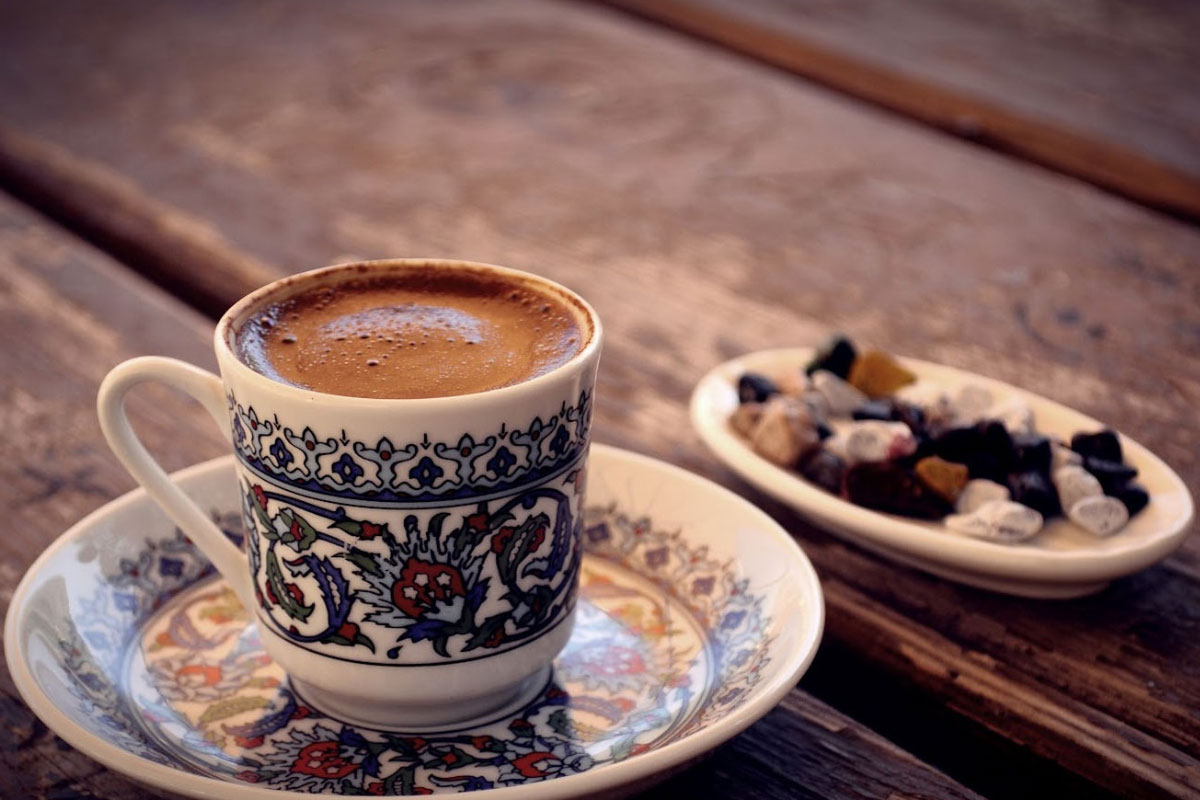
Turkish Coffee
Turkish Coffee is the name of the method of preparing and cooking coffee discovered by the Turks. It has a unique identity and tradition with its special taste, foam, smell, cooking and catering. The beverage, which was obtained by boiling the fruit of the coffee in the Arabian Peninsula, brought the coffee, which was admired by the Yemen Governor Özdemir Pasha, to Istanbul in 1517. With this brand new method of preparation and cooking by the Turks in Istanbul, it has gained real coffee flavor and unique aroma. Europe meets with coffee thanks to Turks; For many years, he prepared and consumed coffee as Turkish coffee with this method. In a short time, the taste and reputation of Turkish Coffee surrounded Europe and then the whole world, thanks to both merchants and travelers who traveled to Istanbul and Ottoman ambassadors. In Turkish culture, a coffee has 40 years of sake.
Turkish Tea
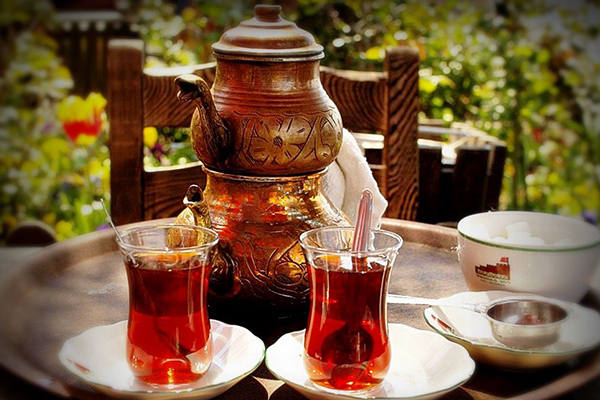
Turkish Tea
Drinking tea every meal of the day in Turkey and are consumed without any additional forms that can change the acidity of the food, especially into. Turkey, most tea consuming country in the world, 7 kg with an average annual per capita tea consumption. The Black Sea has an irrepressible flavor especially in the tea grown in Rize. Turkey is the most massive amounts of tea production in the world is among the first six countries. Turkish tea is a daily indispensable drink of Turkish culture. Turks always offer their guests tea.
Turkish Döner Kebab
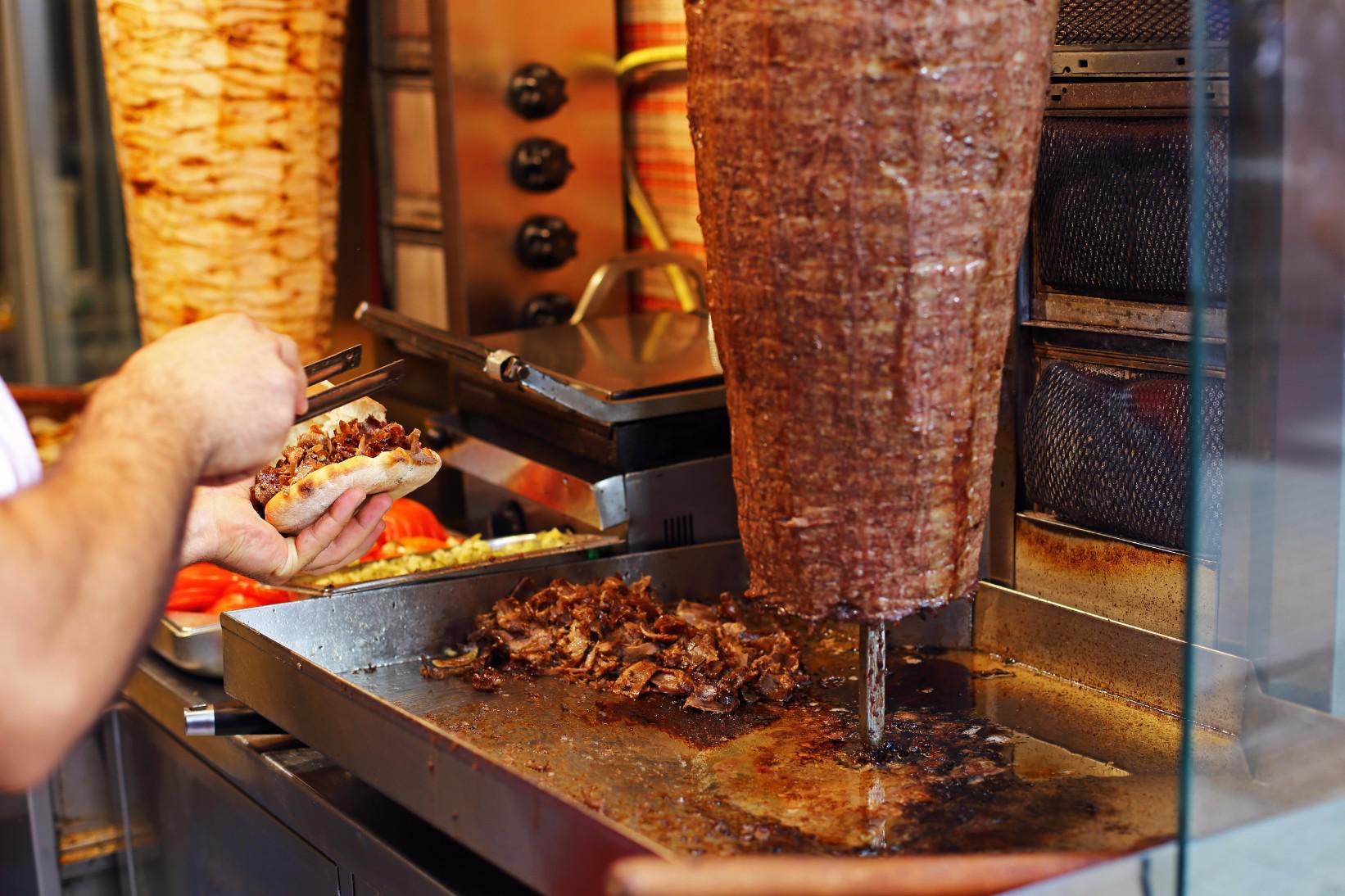
Turkish Döner Kebab
Döner has come to this day from the Turks by putting meat on his swords. The Ottoman period was mentioned in the 18th century before it took its current state of modernity. Lamb is used in a majority of the returns made in Turkey. In addition, chicken meat is often used. It is a very delicious food. As it is cooked very quickly, it is found all over the world as fast food. It is served in different ways. Wrap is served in bread, pita bread or lavash. Döner kebab with yogurt is known as Iskender kebab. You can find in every corner of Turkey. It is one of the most lively favorites of Turkish culture.
Turkish Baklava
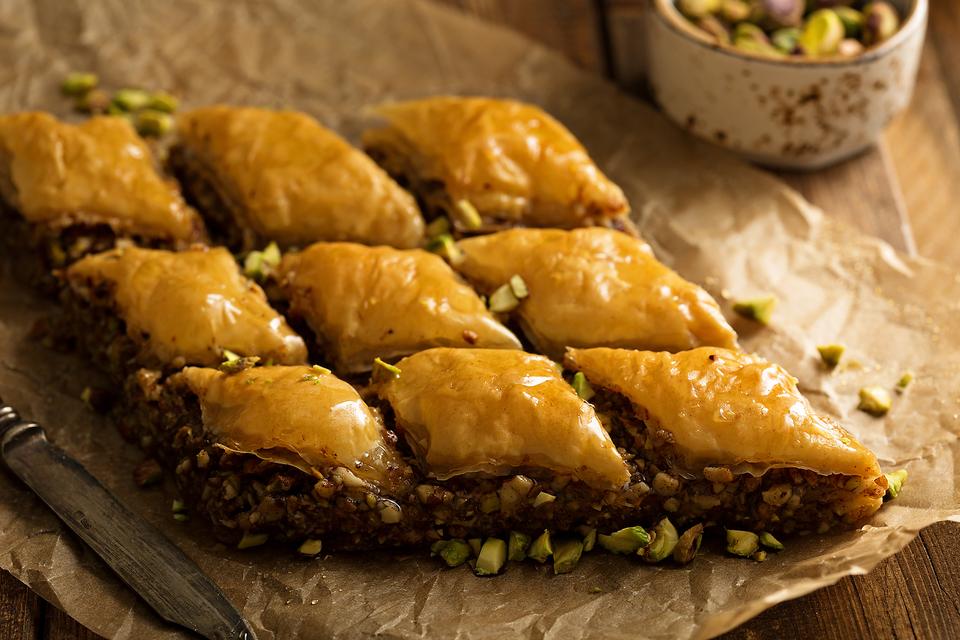
Turkish Baklava
The history of Turkish baklava extends from central Asia to Anatolia. Baklava is one of the most favorite desserts in the Ottoman palace. Today’s you can find anywhere in the world. Best baklava are made in Turkey’s Gaziantep province. It is preferred as pistachio or walnut. Baklava is one of the most lovely favorites of Turkish culture.
Turkish Shish Kebab
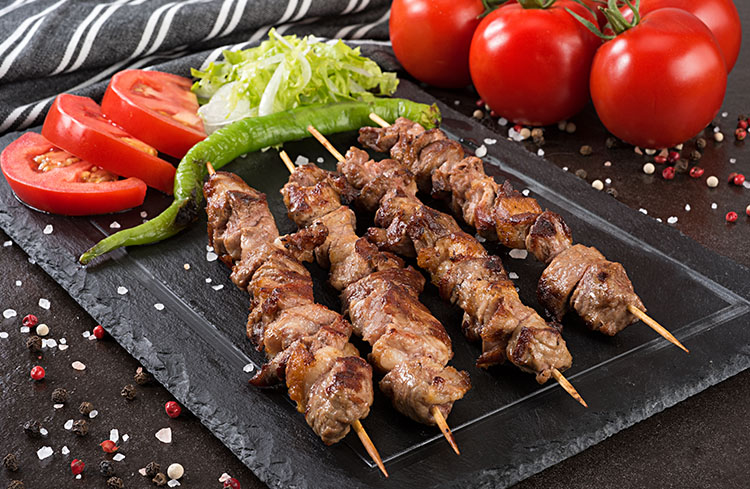
Turkish Shish Kebab
The meaning of shish kebab comes from the Turkish words which literally means “shish” and “roast meat” and this is a Turkish dish. Kebabs are a natural solution for nomadic tribes. Unusual meats were marinated not only to soften, but also to get rid of the flavor.
Turkish Lahmacun
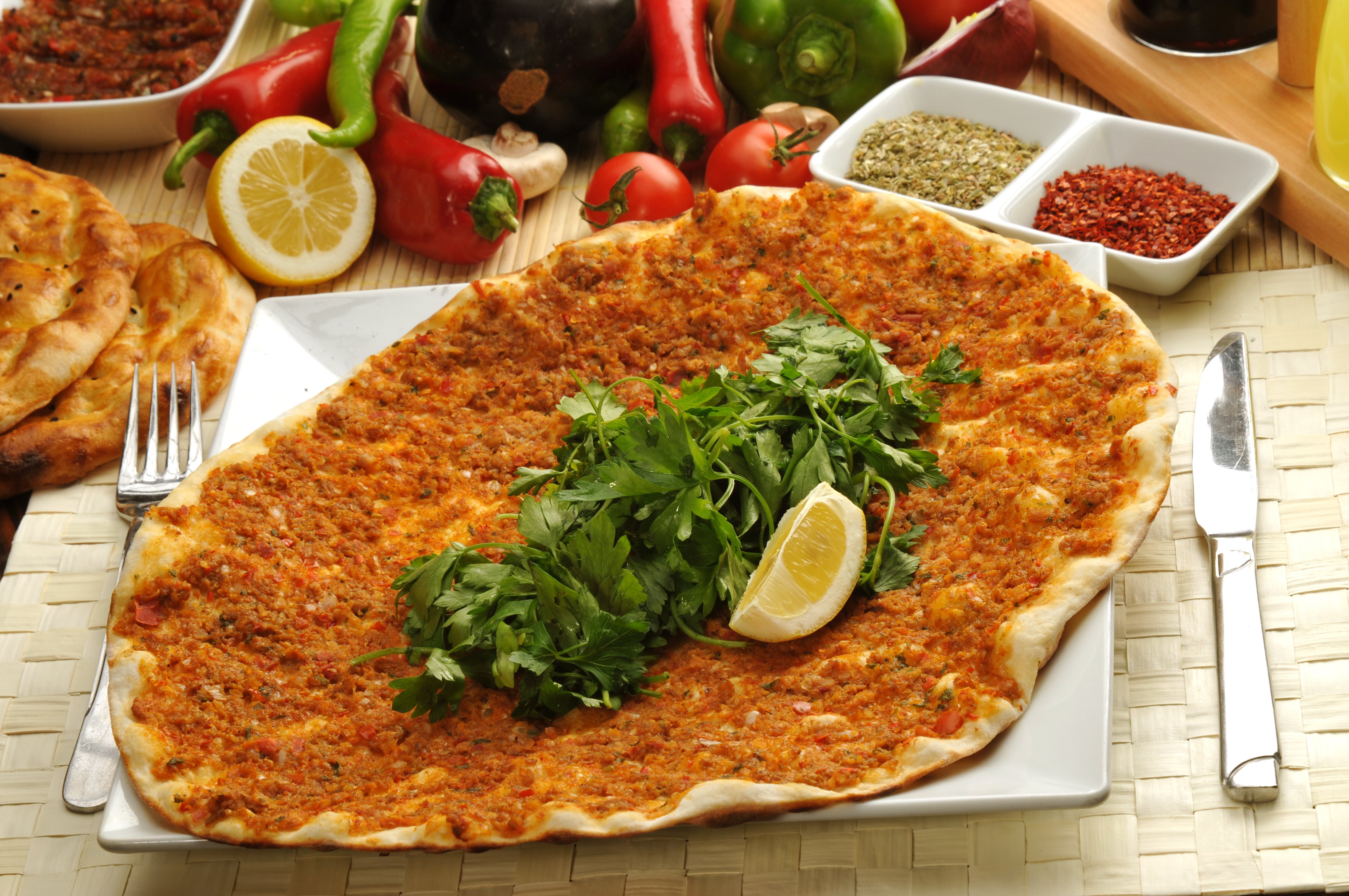
Turkish Lahmacun
Lahmacun is an oriental dish and has a history of approximately 5000 years. Lahmacun is called Turkish Pizza in some places. After the 1960s, it spread from the eastern regions of our country to the whole country and managed to attract great attention. The most delicious version of the Lahmacun is cooked in a stone oven, but in some places it is cooked in sheet metal. The lahmacun cooked in the stone oven can last for 2 days and during these 2 days it will never dry out. It is one of the best tastes of Turkish culture to the world.
Turkish Pita

Turkish Pita
Pita is a kind of bread with a wide variety of types. It is one of the indispensable flavors of Turkish cuisine. It is a kind of bread that does not swell much, has a flat appearance and is baked both on the sheet and in the tandoor. In Ramadan, special Ramadan pita is removed. Even with different pronunciations such as pitta, pita, pida, it is loved and consumed in a wide geography extending from Central Asia to Europe. It is known as Turkish pita all over the world.
Turkish Meatballs
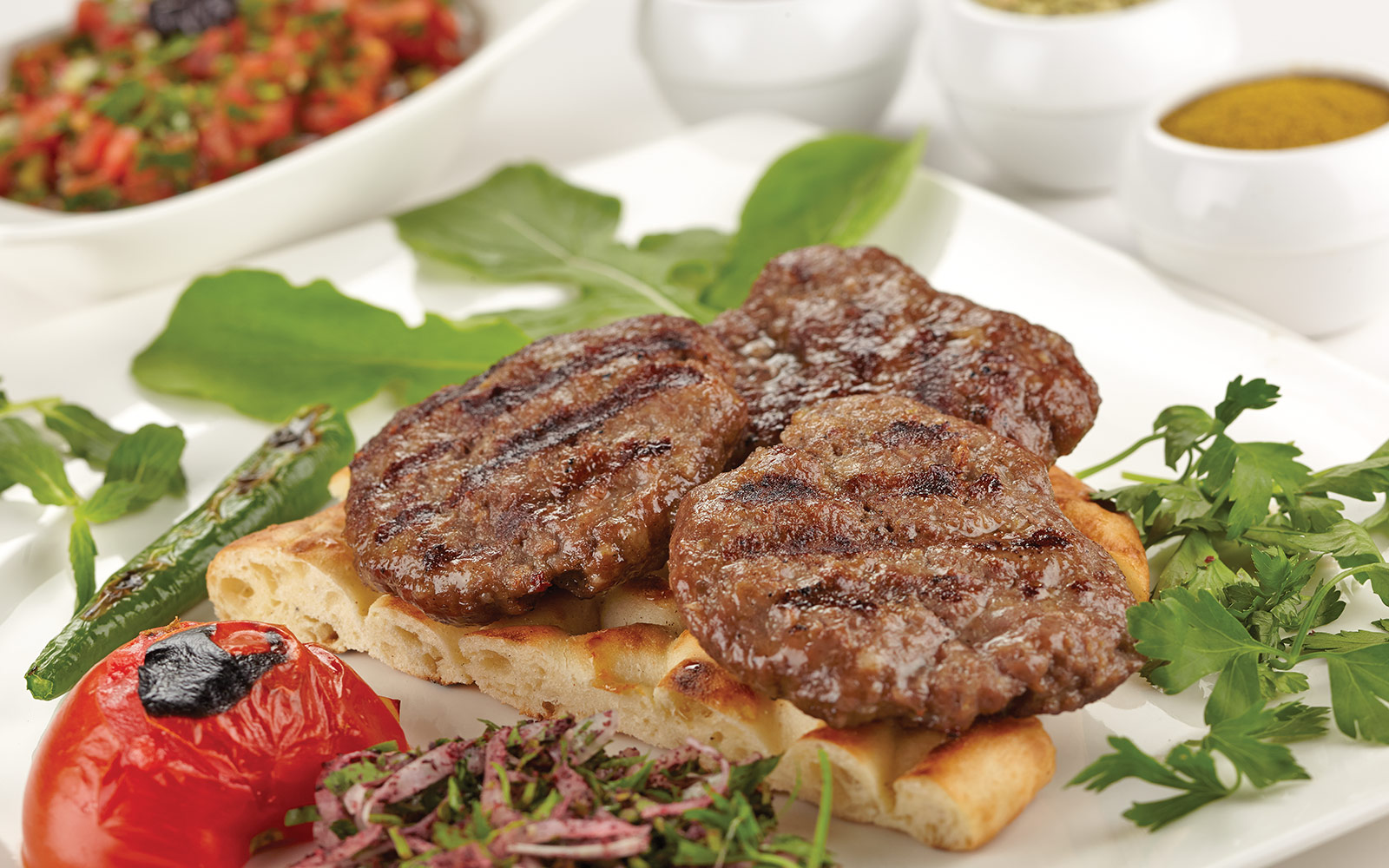
Turkish Meatballs
Many inscriptions whose origins are considered as Central Asia refer to a food called ‘Kueffettue’ which means ‘kneaded meat’. On the journey of Turks from Central Asia to Europe, they taught the peoples with whom they had communication in the meatballs. Today, there are 250 different types of meatballs in Anatolia. You can find some of these delicious meatballs in Turkish restaurants in various parts of the world. One of the best examples of Turkish Meatballs is Sultanahmet Meatballs. We recommend.
Turkish Bagel
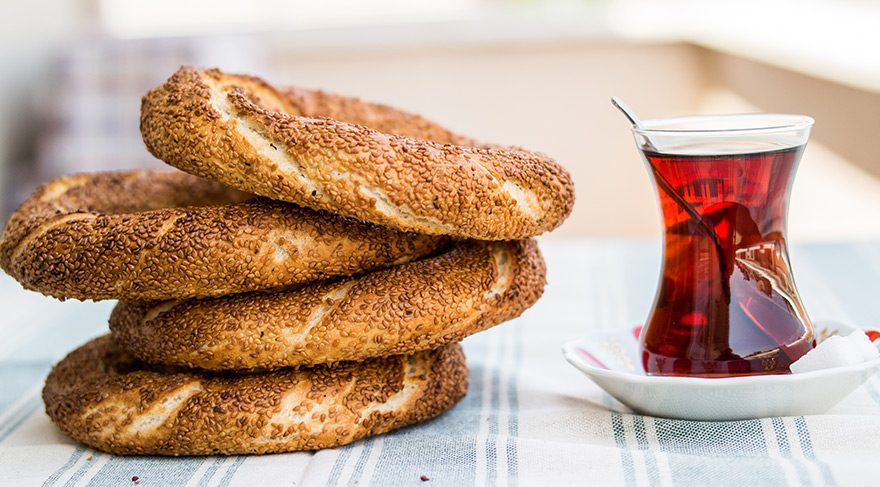
Turkish Bagel
Turkish bagel has a 600-year history. It is a traditional Turkish food. It is made of bagels, flour, yeast, molasses and sesame that you cannot see in other countries. Because it is satisfying and it is cheap, it is cooked in public ovens everywhere and street sellers are offered for sale in every corner of the cities. It is especially the choice of young people and students. We recommend it with Turkish Tea.
Turkish Yogurt

Turkish Yogurt
Yogurt ‘is a Turkish word and is used as Turkish yogurt all over the world as it is used in Turkish. It came with Turks from Central Asia to Anatolia. It is made from milk. Yoghurt is very useful for both food and health. It is the indispensable traditional of Turkish culture. It can also be eaten plain or mixed with other dishes. You can find it in Turkish restaurants all over the world.
Turkish Raki
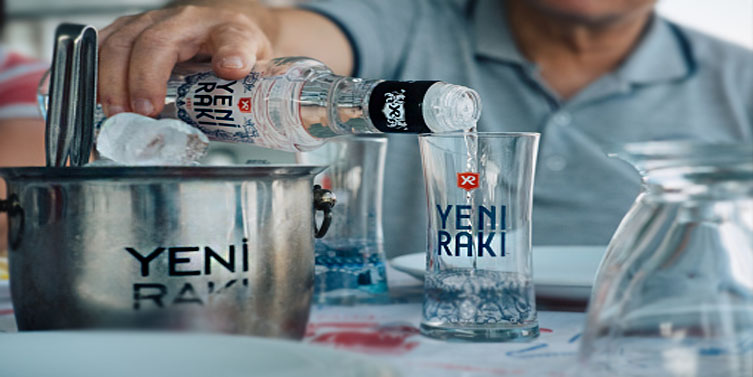
Turkish Raki
It is accepted by almost all countries of the world that Raki is produced in Anatolia for the first time. It is stated in almost all encyclopedias that Raki is a Turkish drink. Raki is a national drink enjoyed by those living in Anatolia. The First Raki is an aniseed drink made from Razaki grapes. Today it is sold all over the world as Turkish Raki (Turkish Rakı). Today, Turkey is the first in the production of Raki.
Turkish Wine

Turkish Wine
Historians point to the homeland of wine in Central Anatolia and 3 thousand BC in history. They discovered the properties of the grapes of the Hittites living in Central Anatolia and made the first wine. It is seen that the wine is called “Vino” in Hittite language and the name of the wine is Vino origin in all Latin languages. Today, it is the 5th largest producer in the world, the quality and value superiority of Turkish wines in international markets. grown in Turkey “slightest”, “marbles,” “Emir” and “for Seminyo” type of white wine grapes; Grapes such as “Pastor Karası”, “Kalecik Karası”, “Öküz Gözü” and “Bogazkere” are considered as very good quality for red wine. We advise you to experiment as much as possible to Turkey.
Turkish Hazelnut
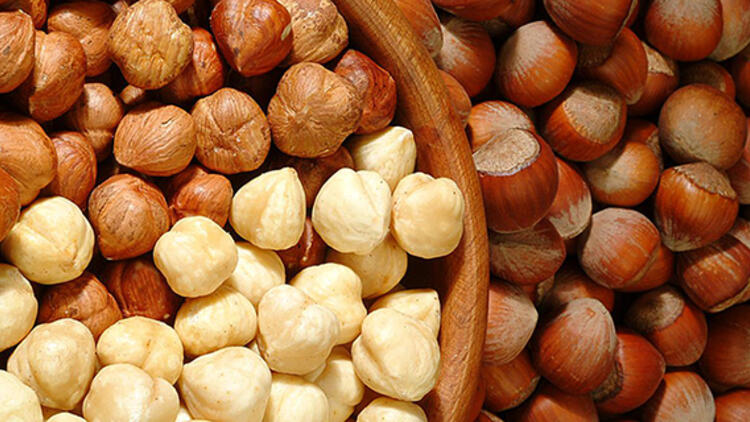
Turkish Hazelnut
Hazelnut has a history that goes back to very old dates. In Turkish sources, hazelnut tree is frequently mentioned. Everyone produces hazelnuts on the black sea coasts in Anatolia, especially in Giresun and Ordu. Hazelnuts grown here are considered the most delicious nuts in the world. According to Chinese written sources, it is one of the five sacred fruits that God has bestowed upon people. Hazelnut tree is known to be in many countries and even counted as sacred trees. Today 70% of the world’s hazelnuts in Turkey also grows.
Turkish Bath

Traditional Turkish Baths
Turkish Baths are the best washing and cleaning places for body cleaning with hot water and soap provided that they do not stay for a long time. Washing the sweating body in the bathhouse by rubbing it with a soft cloth or sponge facilitates blood circulation in the body, giving people comfort. The famous Turkish baths are the best in this regard. Turkish baths, famous for hundreds of years of bath culture, are the best in this regard. There are more than 300 baths in Istanbul alone. Many of these are historical baths. Cagaloglu bath, Cemberlitas bath, Galatasaray bath are the most popular ones. You can easily find these in every city in Turkey bath. We recommend you to experiment.
Turkish Carpet

Turkish Carpet
The history of Turkish carpet art goes back to the nomadic origins of Turks based on Central Asia. The carpet had a special place in the life of the nomadic tribes. For people who constantly change places and live a life in tents, the carpet was an object that made it easy to carry and the floor on which it was placed was printable. The carpets, which were used only for these functional features in the early days, were adorned with motifs that adapted to tents and the surrounding environment over time and had decorative features. One of the things that makes Turkish Rugs special is the weaving method unique to Turkish carpets called Gördes knot. As the Gördes knot is a double knot weaving style, it gives the carpet more strength and durability than usual. The carpets produced in Hereke, Konya, Kayseri, Usak and Bergama have been the center of the carpet trade for many centuries. It is exported from Anatolia to Europe and other countries of the world.
Related Articles
Write a Comment
Only registered users can comment.









